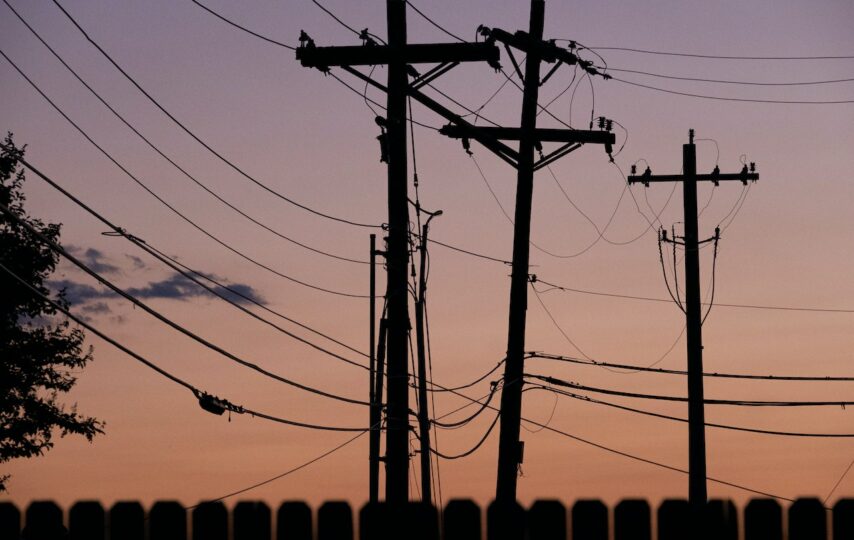Power outages can have a significant impact on individuals, businesses, and entire communities. They can disrupt daily operations, compromise safety, and lead to financial losses. The energy industry has been continually striving to address this issue through the use of innovative technology.
Smart Grid and Grid Resilience
One of the key technological advancements in the energy industry is the development and implementation of smart grid systems. Smart grids integrate modern communication and control technologies with traditional electrical grids, allowing for better monitoring, management, and control of power distribution. These systems enable utilities to detect faults and power disruptions in real time, enabling faster response and restoration of service.
With the integration of sensors, smart meters, and intelligent devices, smart grids provide a wealth of data that can be analyzed to identify potential issues and mitigate outages. Advanced analytics and machine learning algorithms can detect anomalies, predict equipment failures, and proactively address issues before they escalate into widespread outages. Additionally, smart grids enable utilities to optimize power flow, balance supply, and demand, and integrate renewable energy sources more effectively, thereby enhancing grid resilience.
Distribution Automation and Self-Healing Networks
Distribution automation involves the use of automated devices, such as fault detectors, reclosers, and sectionalizers, to isolate faults and restore power quickly. When a fault occurs, these devices work in coordination to isolate the affected area and reroute power to minimize the impact on customers.
Self-healing networks, a key component of distribution automation, allow utilities to automatically detect, analyze, and respond to disruptions. By leveraging real-time data and control systems, self-healing networks can isolate faulty sections of the grid and restore power to unaffected areas. This technology reduces outage duration and improves the overall reliability of the electrical infrastructure.
Advanced Outage Management Systems
Effective outage management is crucial for utilities to respond swiftly and efficiently during power disruptions. Advanced outage management systems (OMS) have revolutionized the way utilities handle outage incidents. These systems integrate data from various sources, such as smart meters, sensors, and customer reports, to create a comprehensive view of the outage situation.
OMS utilizes geographical information systems (GIS) to map outage locations, analyze outage patterns, and determine the best course of action for restoration. They enable utilities to prioritize restoration efforts, allocate resources effectively, and communicate outage information to customers promptly. By streamlining outage management processes, these systems improve response times, reduce outage durations, and enhance customer satisfaction.
Microgrids and Decentralized Power Generation
Microgrids are localized power systems that can operate independently or in conjunction with the main grid. They are capable of generating, distributing, and storing electricity within a specific area, which makes them highly resilient during power outages. By integrating renewable energy sources, energy storage systems, and advanced controls, microgrids can continue to supply power even when the main grid experiences disruptions.
During large-scale power outages, microgrids can isolate themselves from the main grid and provide essential services to critical facilities, such as hospitals, emergency response centers, and military installations. The ability to operate independently ensures continuous power supply, enhances reliability, and minimizes the impact of outages on vital infrastructure.
Drone Technology and Rapid Assessment
In the aftermath of a power outage, rapid assessment of the affected areas is crucial for utilities to develop an effective restoration strategy. Drone technology plays a vital role in this process by offering a bird’s-eye view of the impacted regions. Equipped with thermal imaging cameras, drones can identify hotspots and detect anomalies that may not be visible to the naked eye. This capability allows utilities to prioritize restoration efforts, allocate resources efficiently, and expedite the recovery process.
Drones also facilitate the inspection of challenging or hazardous terrain, such as remote areas or inaccessible locations. By eliminating the need for manual inspections in difficult-to-reach places, drone inspections enhance worker safety while accelerating the restoration timeline.
Bottom Line
The energy industry has embraced innovative technology to revolutionize how power outages are handled. By leveraging these innovative technologies, the energy industry is shaping a future where power outages are minimized, and the impact on society is mitigated, ensuring a more sustainable and connected world.








